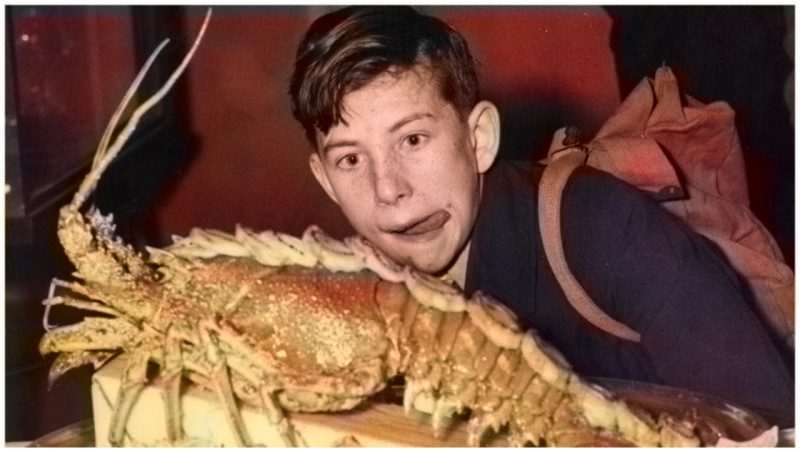For American diners, lobster is synonymous with luxury. It’s a treat at a fancy restaurant, a status symbol, an indulgent delicacy dipped in butter reserved for special occasions. But it hasn’t always been so. In fact, when European settlers first landed on the U.S. shores, lobsters were so abundant that people fed them to their pigs.
In the early years of European settlement, Northeast coastal residents found lobsters washed up on the shore in two-foot-high piles. They were considered trashy, repellent, insect-looking and were called the “cockroaches of the sea.” To this day, fishermen of the tiny but famous Maine lobster-fishing village Isle Au Haut refer to the crustaceans as “bugs,” according to Linda Greenlaw in her 2002 memoir, The Lobster Chronicles.
Back in the 1700s, the Maine lobster, or Homarus americanus, was thrown into troughs of farm animals; its shells ground up and used as manure. Native Americans used lobster to bait their hooks.
Indeed, before the 1800s, the only people who ate lobster were the less fortunate: widows, orphans, indentured servants, and prison inmates. Peddlers sold lobster out of the back of pushcarts to Irish immigrants. In one Massachusetts town, a group of aggrieved indentured servants took their masters to court and won an injunction to limit their being served lobster to three times per week, according to Mother Jones magazine. Lobster shells lying around a house’s front yard were kind of like today’s jacked-up, rusted-out pickup truck: an embarrassing sign of poverty and moral degradation.
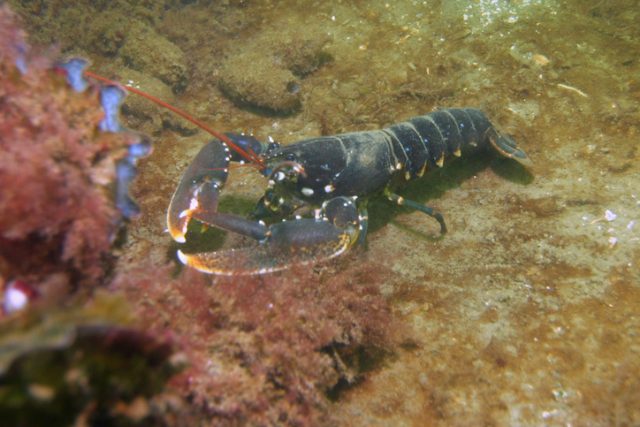
But as railway travel spread in the late 1800s, train operators served lobster as if it were a luxury menu item to inland customers who didn’t know the “insect” food was considered trash. Passengers loved it, and raved about the taste and experience, boosting lobster’s popularity. Meanwhile, upper-class visitors began traveling to Maine in the summer and were thrilled to try the exotic seafood. Refrigeration and ice packing allowed lobstermen to ship their product inland, spreading its reknown.
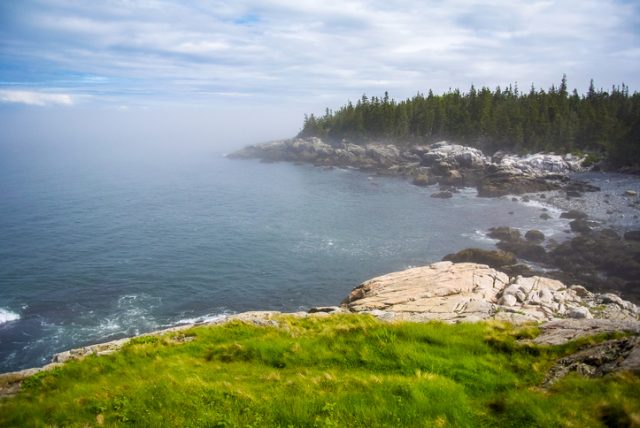
Restaurants began serving lobster. Lobster first appeared on menus in the 1850s, according to Mother Jones, though it was more of a side dish than the main attraction. Chefs soon discovered that cooking it live (rather than killing it and cooking it later) improved the taste and that a one- or two-pound lobster made for a nice presentation on a china plate with a spring of parsley and a side of melted butter.
In the 1870s, many canneries ran operations along the Maine coast, where four- and five-pound lobsters were considered “small.”
Demand overtook supply, and overfishing caused lobster prices hit a peak in the 1920s, according to Mother Jones. But with the Great Depression, few could afford the luxury of a trussed-up lobster served on a china plate, and so the crustacean sank again to the lower rungs of canned gastronomy.
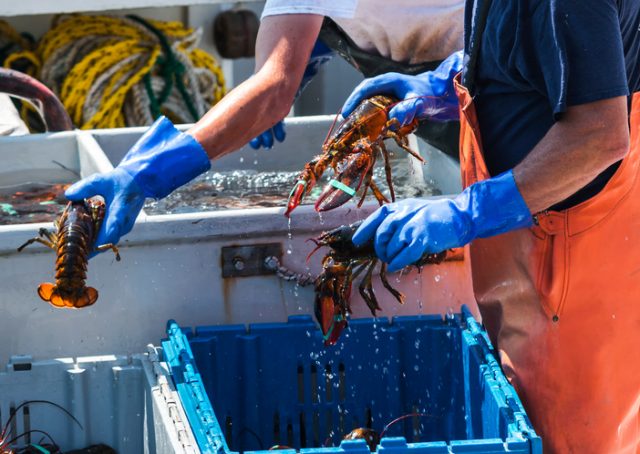
Through the 1940s, you could buy lobster in cans, like tuna or Spam, and it was just as inexpensive and inelegant. During World War II, lobster wasn’t rationed and was shipped in cans to nourish soldiers on the front. In fact, lobster was cheaper than canned beans, and people fed it to their pets.
But by the 1950s, lobster had regained its place on the menu of status symbols. Movie stars were photographed dining out on the delicacy. Restaurants began serving it as a treat. Prices rose.
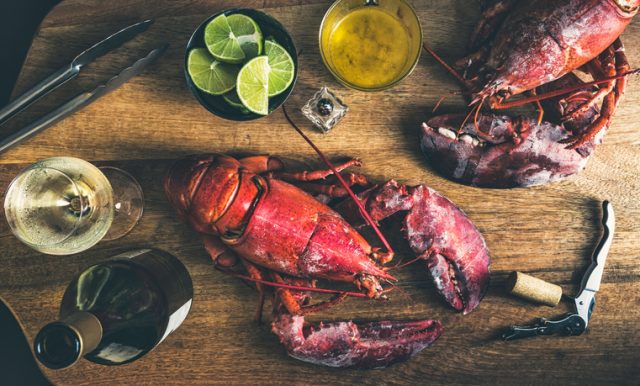
Today, lobster inspires a cult following among its devotees and fisher people. Fewer than 100 people live year-round on Isle au Haut, a small island off the coast of Maine in Penobscot Bay, the lobster capital of the world. All of them are connected one way or another with lobster, which they fish from May to December.
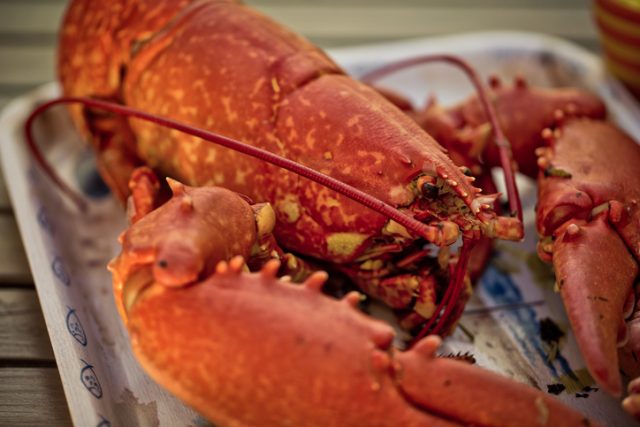
Isle au Haut has no hotels or restaurants and, it does have what best-selling author and captain Linda Greenlaw, who gained notoriety when she was featured in the movie The Perfect Storm, describes as the smallest post office in the country. It has one general store, one schoolhouse, one church, one lighthouse, one town hall. There is one campground with five sites. Reservations are required.
This spring, international demand, all those winters nor’easters, and frozen Canadian fisheries have sent lobster prices skyrocketing to $15 a pound, nearly double last year. A lobster roll costs nearly $50 on some menus in the Boston area, according to the Boston Globe.
But as summer months warm up the seas, prices should drop back to a more normal $6 per pound. Just in time for a trip up the Maine coast to enjoy a lobster roll like a tourist—and not to feed it to our pups!
E.L. Hamilton has written about pop culture for a variety of magazines and newspapers, including Rolling Stone, Seventeen, Cosmopolitan, the New York Post and the New York Daily News. She lives in central New Jersey, just west of New York City
